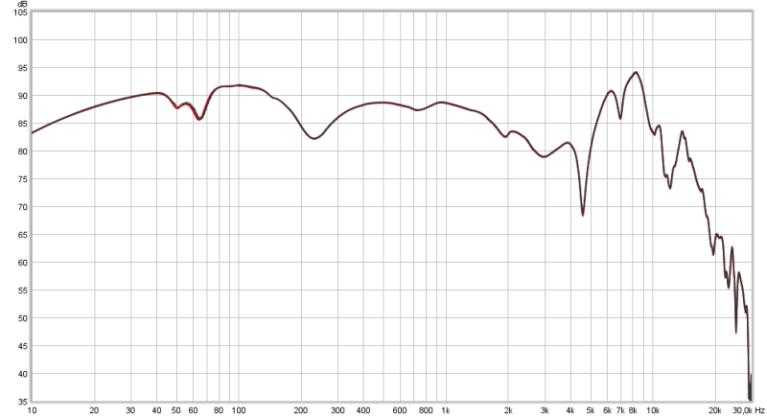Ethan's video on null tester is interesting.
I did a Spice sim using the null control he showed in his video and audioexpress writing, the circled part of is his actual circuit.

Spice shows that, I can input -1.005V on bottom channel, and 1V on top and still trim down to 4uV versus 1V input, which is a -107 dB loss against input. (Yes, i can get it lower with more time.) And you should check the voltage across R22 (which is what he called null control in his writing), which are -3.4mV and 358 uV.

That is: null control itself can eliminate a huge voltage difference. (which can be higher but I didn't test). I didn't backward calculate his gain since I don't see actual circuit. Assuming he had reversed phase balanced with non-reversed phase, volt difference should be much smaller than 0.005V against 1V input That's definitely audible since 0.005V is -43 dBu before 80dB gain. This mean Null control can artificially hide audible difference from his two inputs.
Therefore I think the circuit he showed is fundamentally flawed and failed in proving his claim.
So what happened here:
1) He put the null control in the wrong place. He is looking at how well he trimmed the 2 signals, not comparing 2 trimming-matched signals.
2) He never showed the resolution of his test, which is how much difference this tester can ignore.
Any questions?
3) He should simply use a differential circuit as attachment shows. I put a modification up using a differential amp. This circuit can show 100uV difference in input 1/2 correctly. If difference is too small, like 100nV, it will introduce 6nV error and needs some tweak. But 100nV is -140dBv vs 1V input, and it went beyond what opa1612 can do.
4) You might ask, what about sinewave? It doesn't matter, I can get -124dB noise with 1kHz, 5kHz, 10kHz, and 20kHz with sinewave. This sim has no phase issue. So it is only going to be more accurate than what hardware is capable of.
5) This is changes I proposed to make.
****6) "Change only one thing at a time". Read 5) for suggestion D and E for my advice.
7) If we are worried about heat, turn things on until noise settled before doing the demo.
8) Some mentioned this is not his real circuit. I made an update on it as better as I can do. See THIS. It doesn't change my conclusion.
In my sim, Ethan's null tester (the circuit he showed in video) can ignore a -46dBv loss against 1.005V input, which is way louder than minimum audible difference. I believe it can tolerate much larger difference.
I did a Spice sim using the null control he showed in his video and audioexpress writing, the circled part of is his actual circuit.
Spice shows that, I can input -1.005V on bottom channel, and 1V on top and still trim down to 4uV versus 1V input, which is a -107 dB loss against input. (Yes, i can get it lower with more time.) And you should check the voltage across R22 (which is what he called null control in his writing), which are -3.4mV and 358 uV.
That is: null control itself can eliminate a huge voltage difference. (which can be higher but I didn't test). I didn't backward calculate his gain since I don't see actual circuit. Assuming he had reversed phase balanced with non-reversed phase, volt difference should be much smaller than 0.005V against 1V input That's definitely audible since 0.005V is -43 dBu before 80dB gain. This mean Null control can artificially hide audible difference from his two inputs.
Therefore I think the circuit he showed is fundamentally flawed and failed in proving his claim.
So what happened here:
1) He put the null control in the wrong place. He is looking at how well he trimmed the 2 signals, not comparing 2 trimming-matched signals.
2) He never showed the resolution of his test, which is how much difference this tester can ignore.
Any questions?
Attachments
Last edited:



